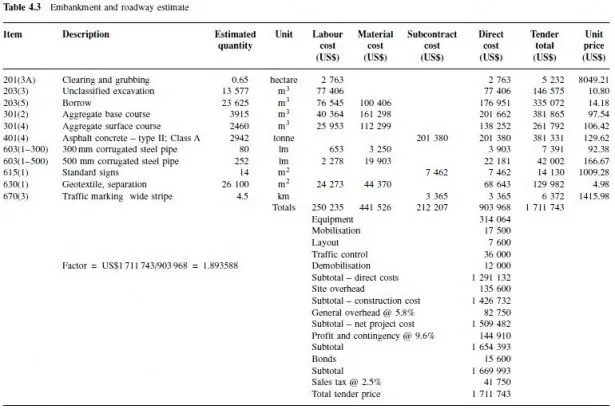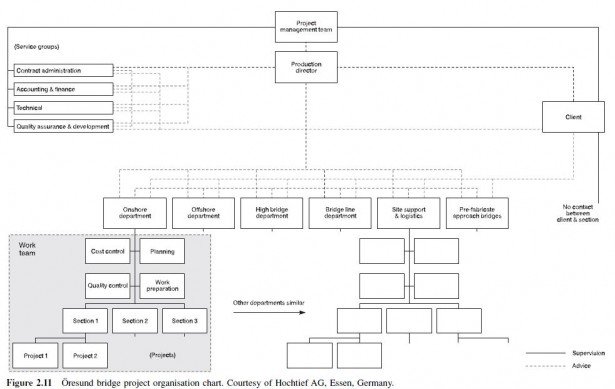In our consideration of the role of the project planner and designer, we have discussed the importance of constructability analysis and value engineering. Formal value engineering is an essential activity throughout the construction process as well. In this process, the contractor is invited to suggest changes to the design that will result in cost savings; if a proposal is accepted, the contractor and owner share the savings in a manner provided in the contract documents. A common contract provision (Office of Federal Procurement Policy, 2002) reads as follows: The Contractor is encouraged to develop, prepare, and submit value engineering change proposals (VECPs) voluntarily. The Contractor shall share in any net acquisition savings realized from accepted VECPs, in accordance with the incentive sharing rates in paragraph (f) of this clause. Note that if the contractor saves money by implementing a different construction technique than originally envisioned, with no change in design, the cost savings accrue solely and fully to the contractor. While such analyses by the contractor are usually presumed to take place after the contract is signed (the Contractor in the above quotation means the contractor that has already been selected and is under contract), value engineering proposals made during the tendering process may provide benefits to both the owner and contractor. Thus, the cost estimator may be involved in pricing various alternative designs and developing proposals for their implementation, in addition to performing the more standard estimating work. The resulting tender contains a base price related to the original design, plus proposed prices associated with the proposed design alternatives.

